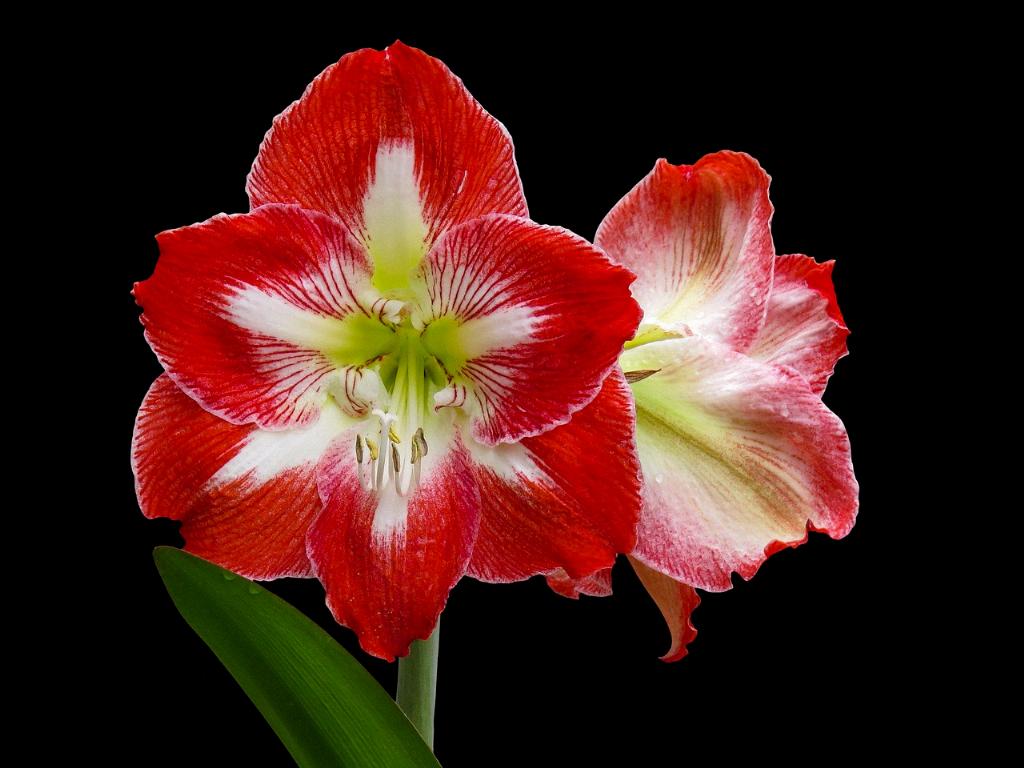If you’re looking to grow amaryllis outdoors, selecting the right location is crucial to ensuring your plants thrive. Amaryllis bulbs require a sunny spot with plenty of direct sunlight, ideally around 6-8 hours daily. By choosing a place with full sun exposure, you provide the necessary light for the bulbs to grow and bloom.
Well-drained soil is also essential for amaryllis to flourish. Make sure the area you select has soil that drains effectively, as water-logged roots can lead to rot and other issues. Good drainage allows the roots to access oxygen and prevents water from pooling around the bulbs, promoting healthy growth.
If you reside in a frost-free region, planting your amaryllis bulbs with the neck at or slightly above ground level is recommended. This positioning helps protect the bulbs from potential moisture issues and enhances their chances of thriving in the outdoor environment.
When choosing a site for your outdoor amaryllis, consider factors such as wind exposure and protection from extreme weather conditions. Strong winds can damage the delicate blooms, so planting them in a sheltered spot or using support structures can help safeguard your plants.
Adding organic matter to the soil before planting can provide essential nutrients to support the growth of your amaryllis. Compost or well-rotted manure can improve soil quality, helping the bulbs establish themselves and produce vibrant, healthy flowers.
It’s crucial to space your amaryllis bulbs adequately to allow for proper growth and development. Providing ample space between bulbs reduces competition for resources and ensures each plant has room to spread its roots and foliage effectively.
Consider the aesthetic appeal of your chosen site when planting amaryllis outdoors. These plants produce striking blooms in a range of colors, so selecting a location where they can be prominently displayed enhances the visual impact of your garden or landscape.
Regular watering is essential for outdoor amaryllis, especially during dry periods. Keeping the soil consistently moist, but not waterlogged, supports healthy growth and blooming. Remember to adjust your watering routine based on weather conditions to meet the plants’ needs.
Applying a balanced fertilizer to your outdoor amaryllis plants during the growing season can help provide essential nutrients for robust growth and blooming. Choose a fertilizer specifically formulated for flowering bulbs and follow the instructions for best results.
Monitoring your amaryllis plants for pests and diseases is crucial to addressing issues promptly and protecting their health. Keep an eye out for common problems such as aphids, slugs, or fungal infections, and take appropriate measures to control infestations and maintain plant vigor.
During the dormant season, it’s essential to provide proper care for your outdoor amaryllis to ensure their long-term health and vitality. Reduce watering, stop fertilizing, and protect the bulbs from extreme cold to support their dormancy and prepare them for the next growing season.
By selecting the right location, providing proper care, and monitoring your outdoor amaryllis plants regularly, you can enjoy beautiful blooms and lush foliage throughout the growing season. With attention to detail and a passion for gardening, growing amaryllis outdoors can be a rewarding and fulfilling experience.

